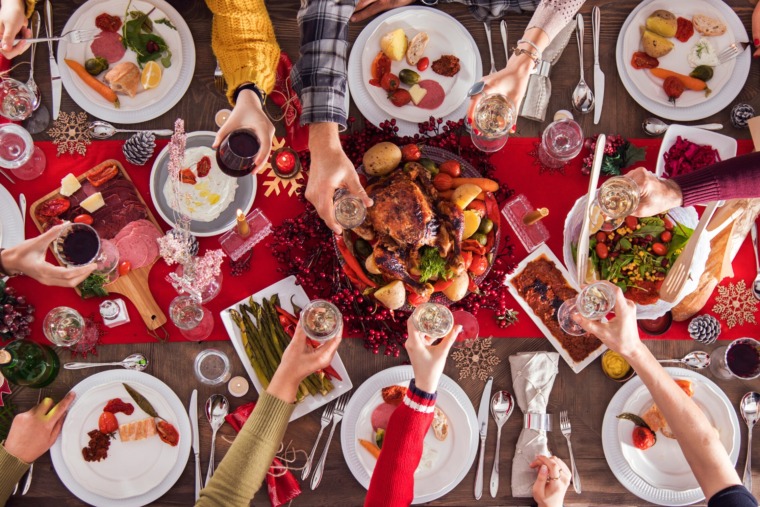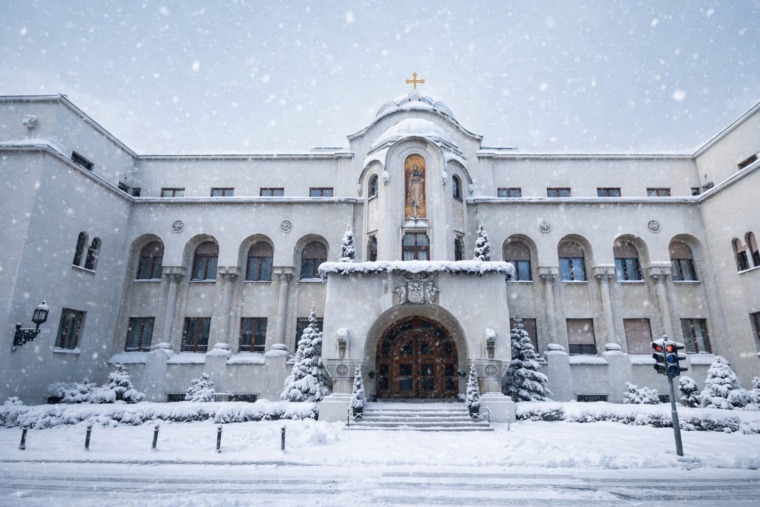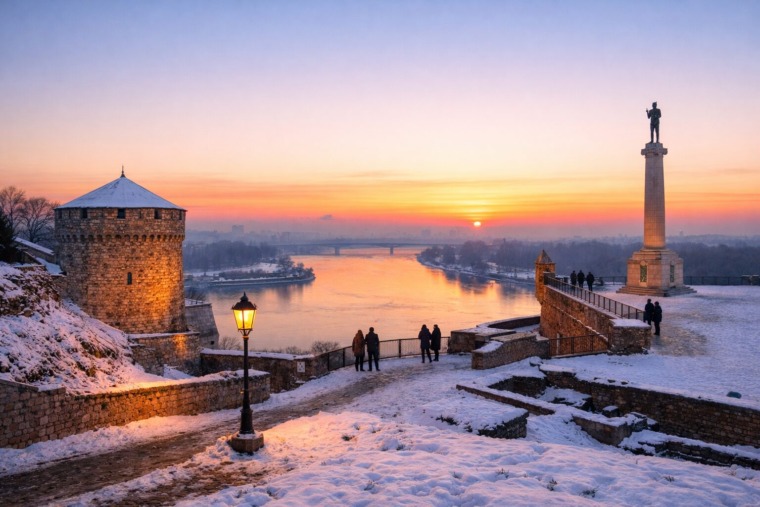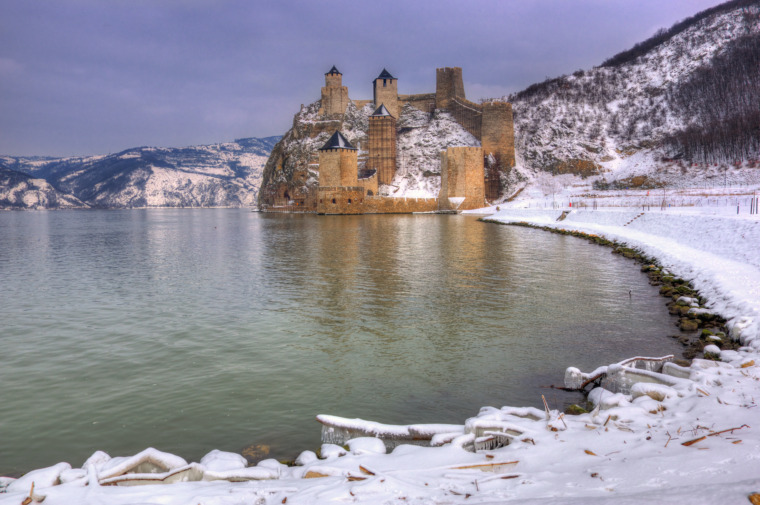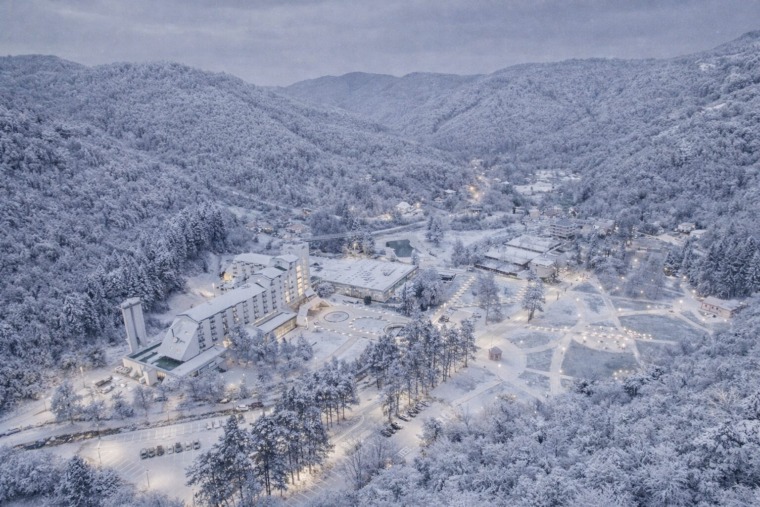
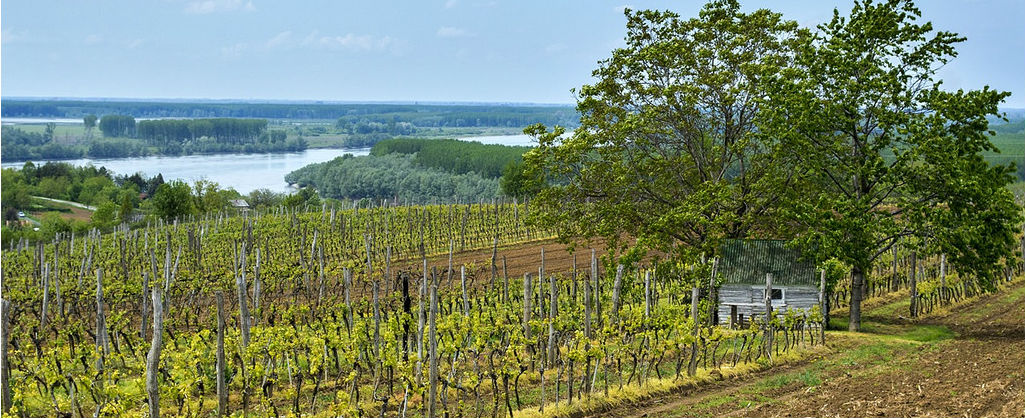
Serbia may be lesser-known on the global wine and spirits map, but it holds a rich tradition in winemaking and distilling rakija, a beloved fruit brandy that’s deeply woven into Serbian culture. Serbia’s vineyards and distilleries span centuries of tradition, producing both acclaimed wines and a variety of unique rakija flavors.
Whether you’re a seasoned oenophile, an adventurous traveler, or simply curious about Serbian heritage, exploring these regions offers an experience that’s as rich in culture as it is in taste.
The Essence of Serbian Wine Culture
Serbia’s wine culture dates back to the Roman Empire, where emperors and soldiers alike cherished the local grapes. Today, Serbian winemakers combine tradition with innovation, producing high-quality wines that are winning accolades on the international stage. Key wine regions like Fruška Gora, Šumadija, and Negotin offer a variety of indigenous and international grape varieties, each with its own unique terroir and climate. Here’s what you can expect from Serbia’s standout wine regions:
- Fruška Gora: Located in Vojvodina, this region is known as the “Serbian Tuscany” for its lush hills and favorable climate. Fruška Gora specializes in crisp, aromatic whites made from the indigenous grašac grape (also known as welschriesling) and also produces outstanding chardonnay and cabernet sauvignon.
- Šumadija: This central region of Serbia boasts rich red soils, ideal for varieties like prokupac, an ancient Serbian grape known for producing robust, spicy reds. International varieties like merlot, cabernet franc, and syrah also thrive here, creating balanced wines that highlight Šumadija’s distinctive character.
- Negotin: Nestled along the eastern border near the Danube, Negotin’s vineyards have long been prized for prokupac and gamay varieties, producing wines with a strong body and distinct mineral flavors.
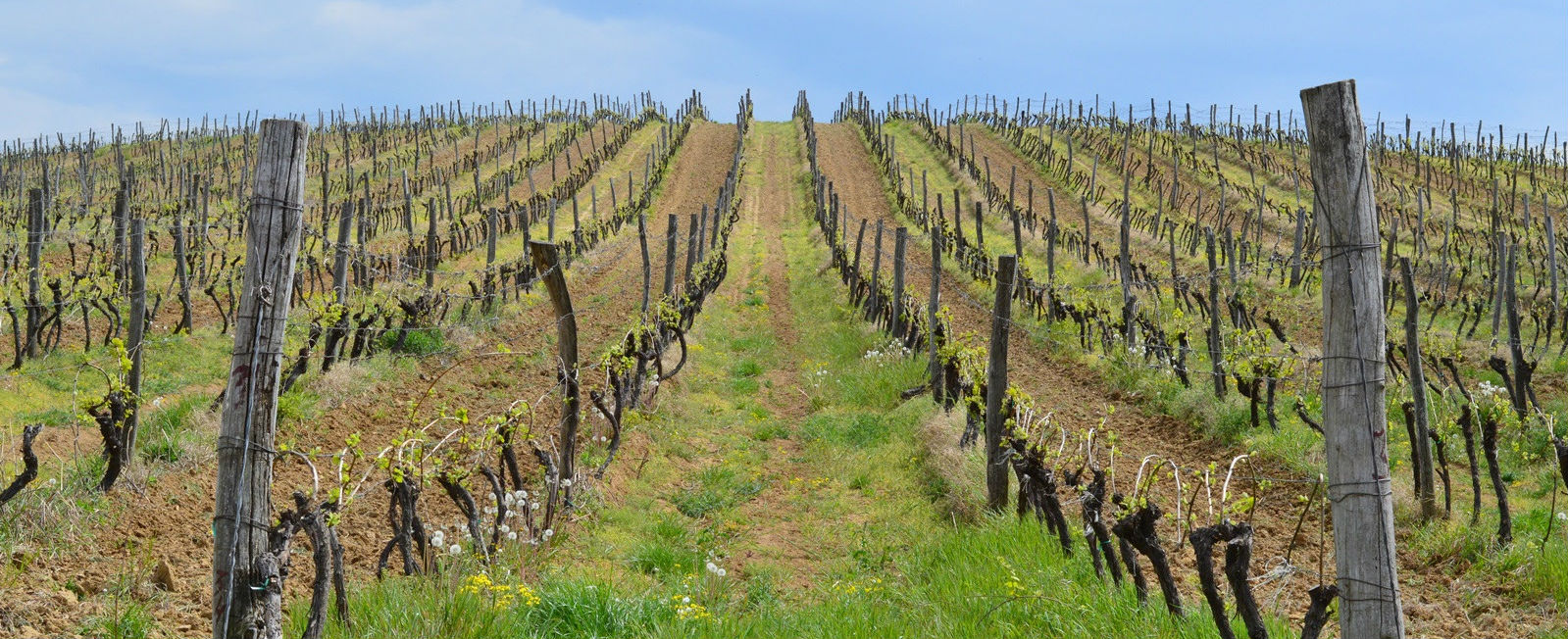
Many wineries offer tastings and tours, where visitors can enjoy the stunning Serbian landscapes while sipping wines paired with local cheeses, cured meats, and freshly baked bread. Alongside sampling the wines, you’ll also find stories of generational passion from families who’ve nurtured these vineyards for centuries.
Rakija – Serbia’s Liquid Heritage
No visit to Serbia would be complete without experiencing rakija, the country’s iconic fruit brandy. It comes in a wide range of flavors, from plum (šljivovica) to quince (dunjevača) and apricot (kajsijevača). Rakija is much more than a drink in Serbia; it’s a symbol of hospitality and tradition, often made by families for personal use and shared during important celebrations and gatherings.
Some of Serbia’s best rakija can be found in these regions:
- Western Serbia (Šljivovica Capital): Known as the heart of plum rakija, Western Serbia, particularly the area around Užice, has the ideal climate and soil for growing plums. This region specializes in šljivovica, which has a smooth, bold flavor and is often aged for a richer taste.
- Čačak and Kraljevo: Known for their diverse orchards, these regions produce a wide variety of fruit-based rakija, including quince, pear, and apple. Distillers here take pride in their craft, producing small-batch rakija with deep, fruity aromas and flavors.
- Rakija Distilleries of Šumadija: Šumadija isn’t only famous for wine; it’s also known for its rakija, particularly from distilleries that use both traditional and modern techniques. Šumadija distillers are skilled in creating aged rakija with a smooth, complex flavor profile, often stored in oak barrels to develop depth.
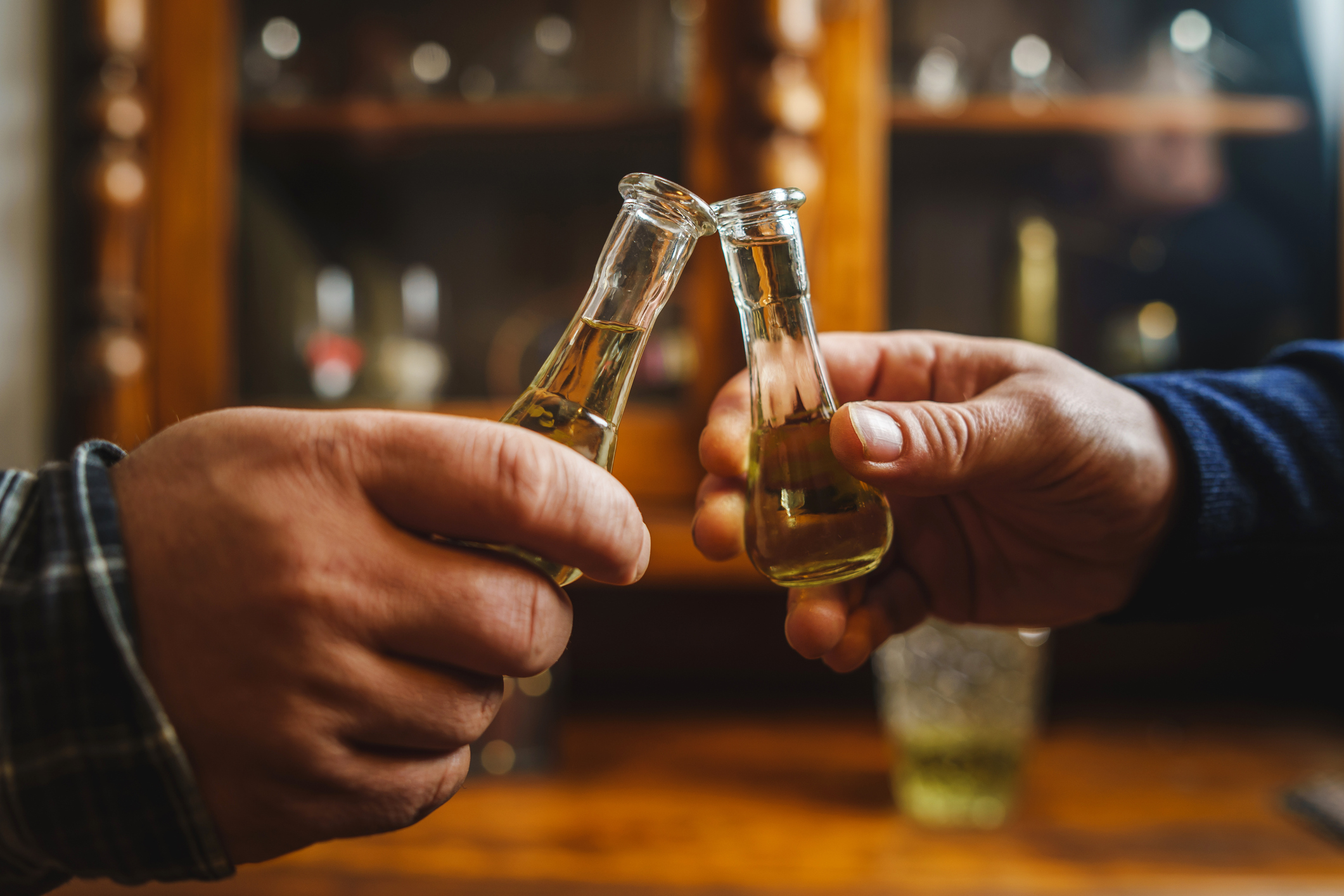
Rakija tastings and tours offer a fascinating glimpse into Serbian culture, as local distillers share their methods, family recipes, and a generous sampling of varieties.
The Tasting Experience: Sipping Serbia’s History
For a complete immersion, Serbia’s wine and rakija festivals are the perfect occasion to sample the country’s best beverages. Festivals such as the Prokupac Day in October, dedicated to the native red grape, and the Rakija Fest in Belgrade are great opportunities to experience Serbia’s rich flavors, with hundreds of vintages and varieties available for tasting.
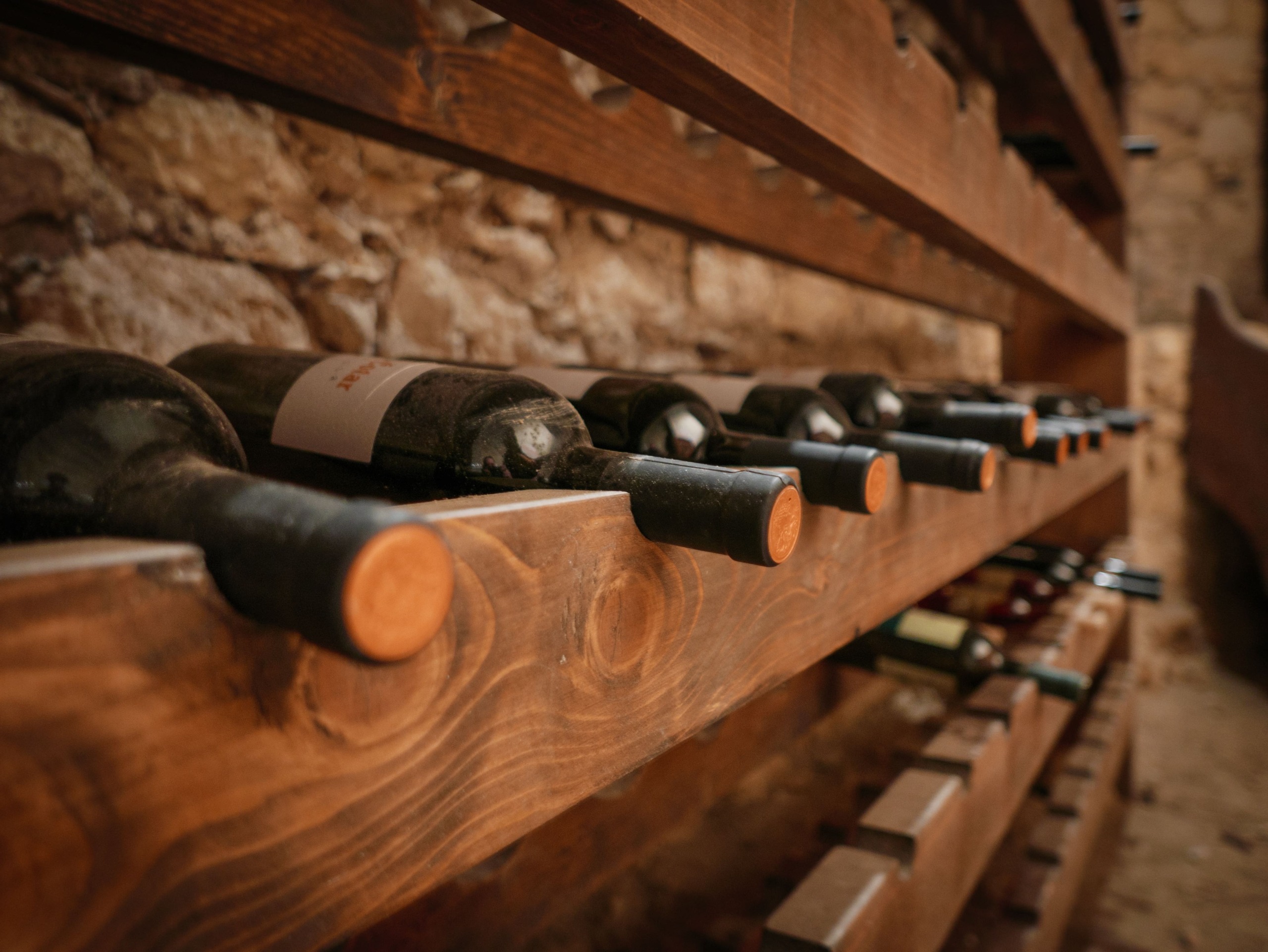
Many wineries and distilleries across Serbia offer “cellar door” experiences where visitors can taste products directly from the source, accompanied by hearty Serbian cuisine and the lively company of the local community. Popular food pairings include smoked meats, ajvar (a roasted red pepper spread), and local cheeses that complement the depth of flavors in both wine and rakija.
Discovering the Heart of Serbian Hospitality
At the heart of Serbia’s wine and rakija culture is the hospitality and pride of the people who produce these exceptional beverages. Visitors are welcomed like family, invited to share a glass and a story, and often leave with a deeper appreciation of Serbia’s heritage and traditions.
Whether sipping a crisp white on the hills of Fruška Gora or sampling an aged rakija in a small village distillery, exploring Serbia’s wine and rakija regions is a journey into the flavors, history, and warm hospitality of this unique country.
Featured image: Vinarija Aleksandrović
Related Articles


Novak Đokovic Receives Special Globe Soccer Award in Dubai
December 29, 2025
From Culture to Sport: The Moments That Shaped Serbia in 2025
December 27, 2025